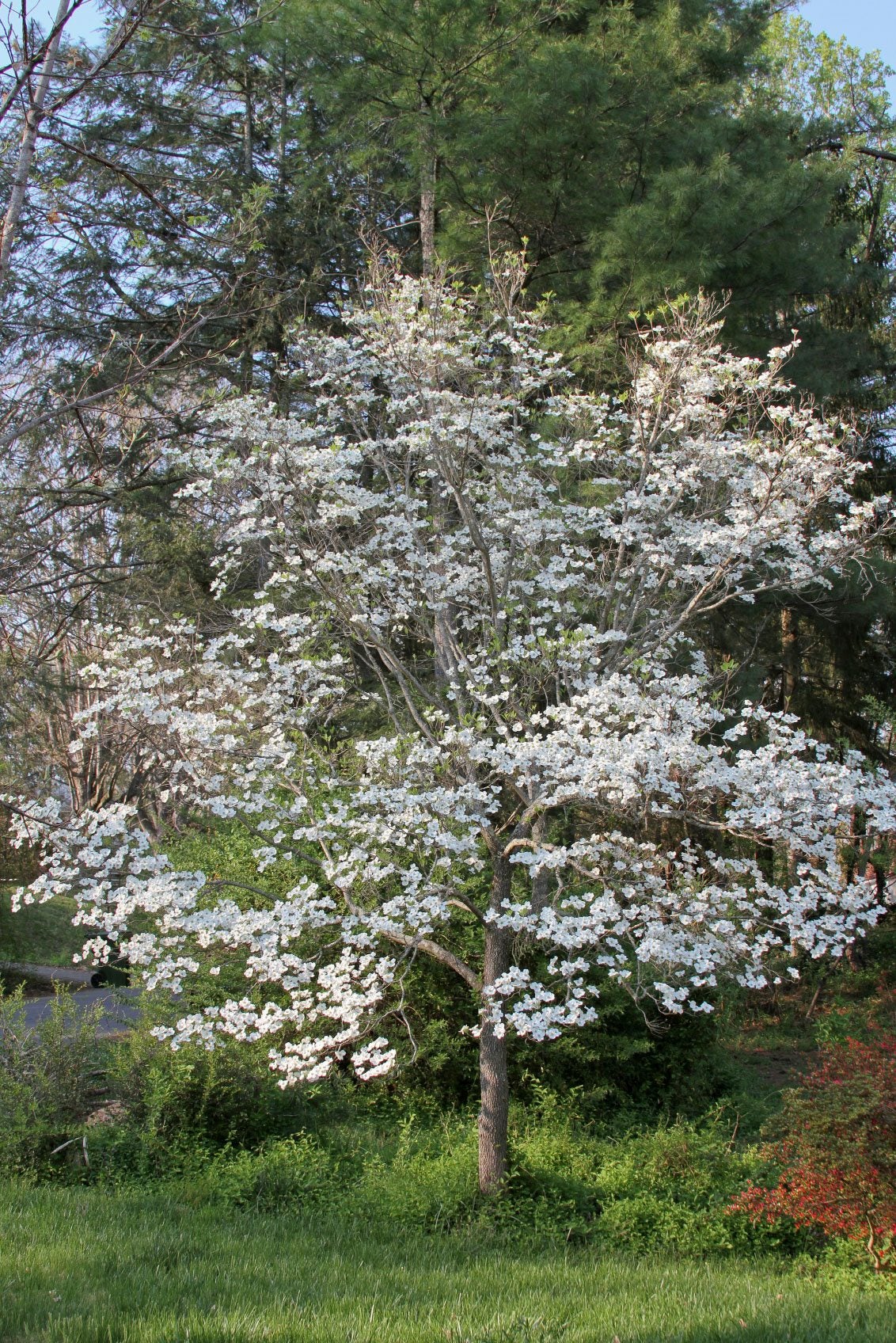Fertilizer For Dogwoods: How And When To Feed Dogwood Trees


The dogwood is a favorite ornamental tree with numerous seasons of interest. As a landscape tree, it offers flowering spring beauty, a fall color show, and bright berries in winter. In order to get all these attributes at their peak, it is a good idea to apply fertilizer for dogwoods.
But do you know when to feed dogwood trees, or how to fertilize dogwoods? Timing and know-how are the keys to success in everything. Read on for information to keep your dogwood looking its best.
When to Fertilize Dogwood Trees
Dogwoods are native to Eurasia and North America in temperate to warm regions. The plants are part of a classic landscaping scheme of natural deciduous trees and shade to partial shade understory plants.
The delicate flower-like bracts liven up the garden and lead up to a festive display of colorful berries. Fertilizing dogwood trees in spring will produce good tree health and vitality to ensure the best displays.
The key to useful plant feeding is to time it correctly. Fertilizing dogwood trees too late in the season might inadvertently cause a flush of new growth, which would be too sensitive to survive an early cold snap. The better idea is to feed the tree in early spring and again three months later. This will give the plant all the extra nutrients it needs during the growing season.
Dogwood Tree Food
The type of dogwood tree food is an important consideration too. New trees need a different ratio than established specimens. Dogwood trees need slightly acidic soil to thrive.
Before you apply any fertilizer for dogwoods, it is a good idea to test your soil and see what nutrients it lacks and if the pH is suited to your plant. If the soil is not acidic, you can use an acid lover's fertilizer suitable for such plants as rhododendron and holly.
Gardening tips, videos, info and more delivered right to your inbox!
Sign up for the Gardening Know How newsletter today and receive a free copy of our e-book "How to Grow Delicious Tomatoes".
In most regions, a ratio of 12-4-8 or 16-4-8 will be sufficient. Such a ratio is higher in nitrogen, which is what the plant needs to form leaves and vegetative growth. That being said, too much nitrogen can limit the flowering in dogwoods.
How to Fertilize Dogwoods
Young trees should not be fertilized the first year, as they are too sensitive at planting and damage could occur at the root level. If you feel you must fertilize, use an organic tea, diluted to half.
Once the tree is at least 6 feet (2 m.) tall, use ¼ cup (2 oz.) of fertilizer in February to March, and feed again three months later. The granular form is useful and should be dug in around the edges of the root zone. Make sure you water well after fertilizing.
Mature trees benefit from ½ cup (4 oz.) per inch (2.5 cm.) of trunk. You can also gauge the amount by figuring 3 ounces (28 g.) of fertilizer per every 1,000 square feet (93 square m.). Scatter the grains within 100 square feet (9.5 square m.) of the tree and scratch into the soil.
The adult tree's root zone will go out that far from the tree and the wide area will have a better chance of delivering the food to the root system.

Bonnie Grant is a professional landscaper with a Certification in Urban Gardening. She has been gardening and writing for 15 years. A former professional chef, she has a passion for edible landscaping.
-
 Looking For Plants To Give You The Soft And Fuzzies? Try These 5 Fuzzy Leaf Plant Options
Looking For Plants To Give You The Soft And Fuzzies? Try These 5 Fuzzy Leaf Plant OptionsLovers of texture, drama, silver foliage and tactile plants will adore these special sensory garden additions. These fuzzy leaf plant options will leave you all aglow
By Susan Albert
-
 Get Ready For A Summer Of Hummers! Grow These Full Sun Hummingbird Plants and Flowers
Get Ready For A Summer Of Hummers! Grow These Full Sun Hummingbird Plants and FlowersIf you’re lucky enough to enjoy a sunny backyard, make sure you are maxing out on your pollinator opportunities and grow these full sun hummingbird plants and flowers
By Tonya Barnett